The closing sequence of Rogue One: A Star Wars Story is thrilling. It offers a visceral glimpse of Darth Vader cutting loose as he tears through the crew of a rebel ship in pursuit of the Death Star plans. It is brutal, nightmarish, overwhelming. It is horrifying and unsettling. It is the very definition of “bad ass.” It is perhaps the scariest that Darth Vader has ever been.
It is also the single worst sequence within a Disney Star Wars movie.
There’s nothing wrong with the sequence itself. Whether directed by Gareth Edwards or Tony Gilroy, it is an effective piece of cinema. It gets the blood pumping. Michael Giacchino’s score is suitably oppressive. Greig Fraser’s cinematography is claustrophobic and atmospheric. It is also completely tonally at odds with both the film that it concludes and with the larger character of Darth Vader.
Rogue One is the story of Jyn Erso (Felicity Jones) and Cassian Andor (Diego Luna), who risk everything to steal the Death Star plans. They die when the Death Star wipes out the base. It’s a harrowing, shocking, evocative sequence and a surprisingly brave move for a family film.
However, rather than allowing the audience to process the oddity of a Star Wars film where all of the lead characters brutally died, Rogue One cuts away to a sequence bridging into the original film. It reintroduces Darth Vader, who had appeared only briefly before this. It builds to a cameo from a computer-generated Princess Leia. It is pure fan service that doesn’t fit with the rest of the film.
Of course, this ending fits with the cult of Darth Vader. Certain fans are drawn towards a romanticized ideal of Darth Vader, the strong and silent villain clad entirely in black. The character who exists as a force of nature, who will not stop and will not surrender. Darth Vader has become an object of worship for some Star Wars fans, often those who like to romanticize the Empire.

The only problem is that this version of Darth Vader has never actually existed. The sequence with Vader at the end of Rogue One plays as an attempt to reassert a very aggressive and conventional form of masculinity for the character – one built upon his aggression and his viciousness, his single-mindedness, and his determination.
Like a lot of the recent Star Wars films, this feels like a direct rejection of the prequels. Of course, Rogue One includes a few nods to the prequels: Bail Organa (Jimmy Smits) has a small supporting role; Vader has built his headquarters on Mustafar. However, the film snubs how the prequel films approached the character of Anakin Skywalker (Hayden Christensen).
Of course, there are a lot of problems with how the prequels approached Darth Vader’s backstory. The dialogue was awful. The performance was stilted and wooden. The central romance was unconvincing. However, the prequels got one thing very right about the man who would be Darth Vader. Anakin Skywalker was a temperamental, entitled, whiny, melodramatic, spoiled child.
Darth Vader has never been a particularly “bad ass” villain, even before he was played by Hayden Christensen. The character’s costume design does a lot of the heavy lifting. Darth Vader is a genuinely and deservedly iconic piece of pop culture. The reveal at the climax of The Empire Strikes Back is similarly breath-taking. It is easy to see why Vader became such a cult figure to fans.
However, Vader’s a pretty ineffective villain. He is largely impotent over the course of the original trilogy. Sure, he drops anonymous admirals like flies, but this plays as an expression of frustration rather than power. He is an angry and bitter child pulling the wings off flies. In those outbursts, it seems like Vader is sublimating the anger that he actually feels towards stronger characters.
The original trilogy sells the idea of Vader as an intimidating presence rather than a dynamic physical threat. He fights an older Obi-Wan Kenobi to a draw in Star Wars, fails to even trap an untrained Luke Skywalker in the pit where he might be frozen with carbonite in Empire, and moves slowly and awkwardly in his fight with Luke in Jedi before being defeated in essentially Luke’s first Jedi-on-Jedi duel.
In the opening scenes of the original Star Wars, he arrives on the blockade runner only after his stormtroopers have cleared the deck to survey the damage, a sharp contrast from Rogue One. Of course, some of this is down to the production realities of the original trilogy, but those three films never convincingly argued for Vader’s skill at combat as equivalent to that of the other Sith glimpsed in the prequels like Darth Maul or Count Dooku.

Vader spends the original Star Wars as the muscle behind Grand Moff Tarkin (Peter Cushing). At the end of the film, he is sent careening off into space by the Millennium Falcon like a cartoon villain, defeated by the secondary lead Han Solo (Harrison Ford). The Empire Strikes Back and Return of the Jedi reveal that Vader is subservient to Emperor Palpatine (Ian McDiarmid).
Vader clearly harbors ambitions. Confronting Luke at the climax of The Empire Strikes Back, he suggests that they band together to murder Palpatine and take control of the Empire. However, Vader refuses to act on that ambition on his own. Revenge of the Sith suggests Vader has long resented Palpatine but has just lacked the strength or courage to do anything about it. He is a beaten dog, one that no longer even bites the hand that beats him.
It is notable that Vader’s most significant accomplishments in the original trilogy amount to the murder of two old-age pensioners, and it’s debatable whether he truly succeeds at either. Even when it comes to Vader’s redemption in Return of the Jedi, it’s Luke who does the heavy lifting.
Discussions of Darth Vader tend to focus on the voice work by James Earl Jones, and understandably so. It is a great and genuinely nuanced performance that suggests the strange tragedy of the man inside the mask. However, the work of actor David Prowse is often overlooked. Prowse was very much a larger-than-life figure, and he gives Vader a consciously dramatic and showy physicality.
Vader often seems like a melodramatic teenager. Consider his ridiculously elaborate ambush of the Millennium Falcon crew in Cloud City in The Empire Strikes Back, which one has to imagine was heavily workshopped. He casually drops lines like, “There’ll be no one to stop us this time!” without a hint of self-awareness. Vader is undeniably campy.
None of this makes Vader a bad character. In fact, it makes him much more interesting than the unstoppable killing machine that many fans want him to be. Vader is a teenager who never grew up and who takes his temper tantrums out on those weaker than him. He isn’t just floating in bacta; he is stewing in resentment. His pettiness makes him more terrifying, not less.

The first two acts of Rogue One understand this. There’s a solid argument to be made that the first two acts of Rogue One are the best Star Wars film ever made. The film reintroduces the character of Vader floating naked in a bacta tank to underscore how pathetic he is. He ends his confrontation with Director Krennic (Ben Mendelsohn) with a goofy pun while reenacting a silly meme.
Krennic himself gets at this de-romanticizing of fascism. Fascism often becomes a fetish object because of myths like that of Darth Vader, the strong and violent men who move with clear purpose. The first two acts of Rogue One understand that fascism tends to be built on the back of men who lack imagination or vision but have just enough ambition to make them dangerous.
Rogue One positions Krennic as the Albert Speer or Adolf Eichmann of the Star Wars universe, the literal architect of an industrial genocide machine and an expression of the banality of evil. Krennic is weak-willed, fumbling, and insecure. This does not make his machine any less dangerous. But just as Rogue One understands that terrorism is not glamorous, it sees that fascism is not cool or sexy.
At a time when fascism is resurgent across the globe, when audiences understand that even crying Nazis are still dangerous and that incompetence does not prevent them from inflicting actual massive harm, the sequel trilogies and spin-offs mostly align with this reality. For all the problems with the sequel trilogy, Kylo Ren (Adam Driver) is clearly a villain for our time.
This is what makes that closing sequence in Rogue One so disappointing and so frustrating. It doesn’t restore Vader to some idealized previous state when he was taken seriously or seen as a credible threat; it completely rewrites his character in the name of ridiculous fan service. It presents Vader not as he was, but as a significant portion of fans wish that he were.
Vader was never a “bad ass.” He used to be so much more.

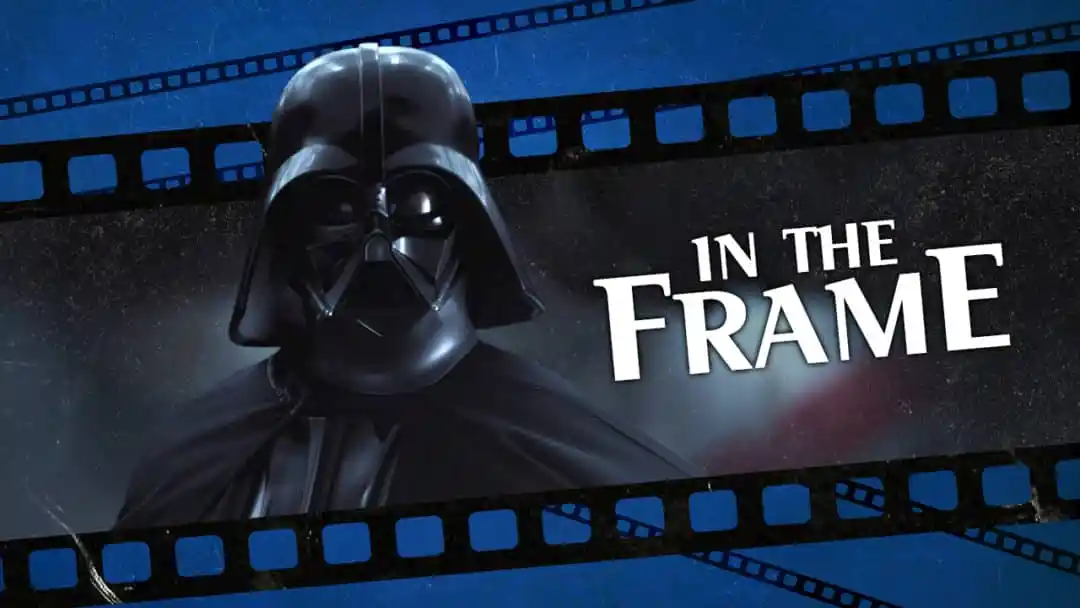




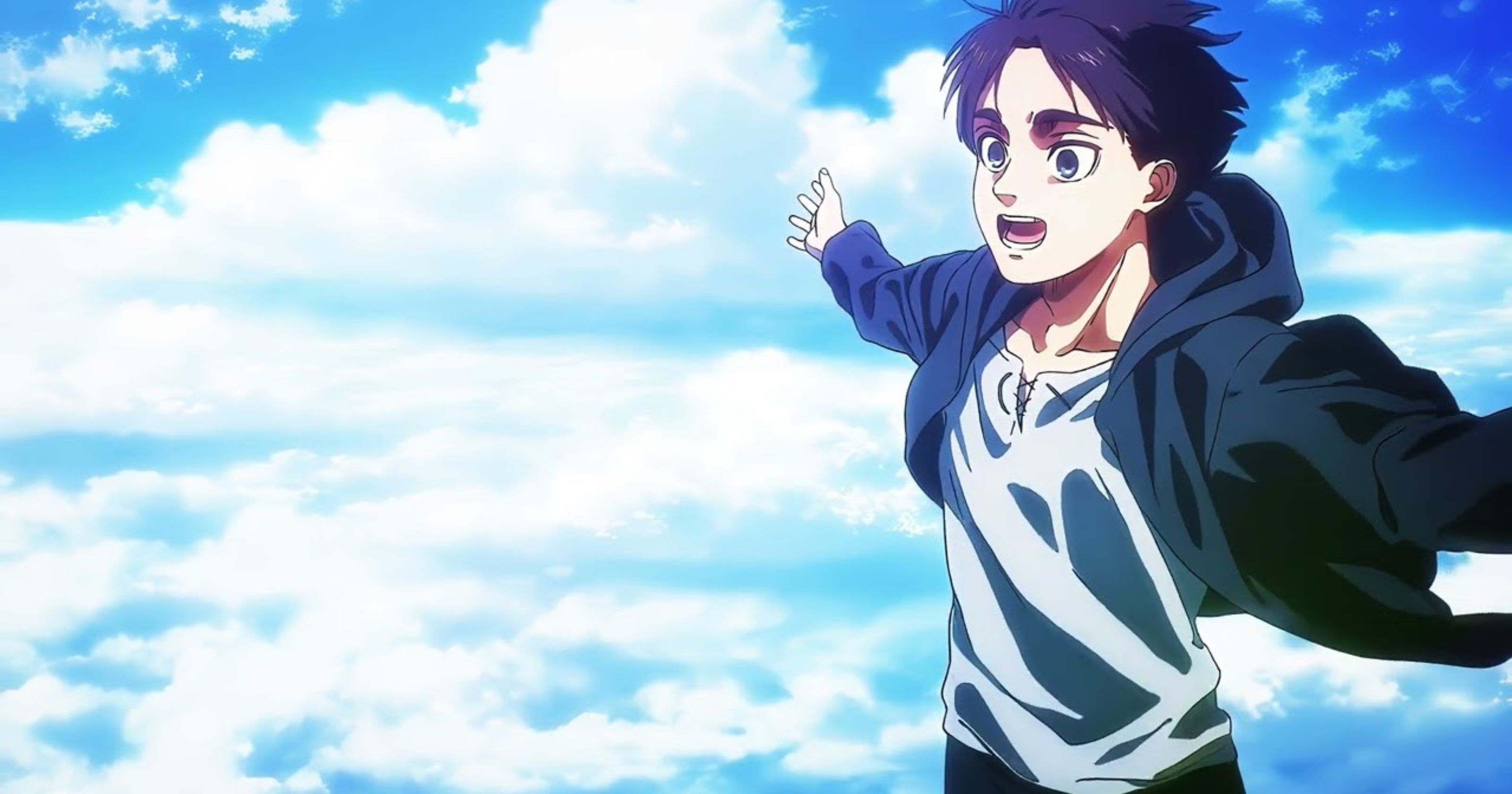
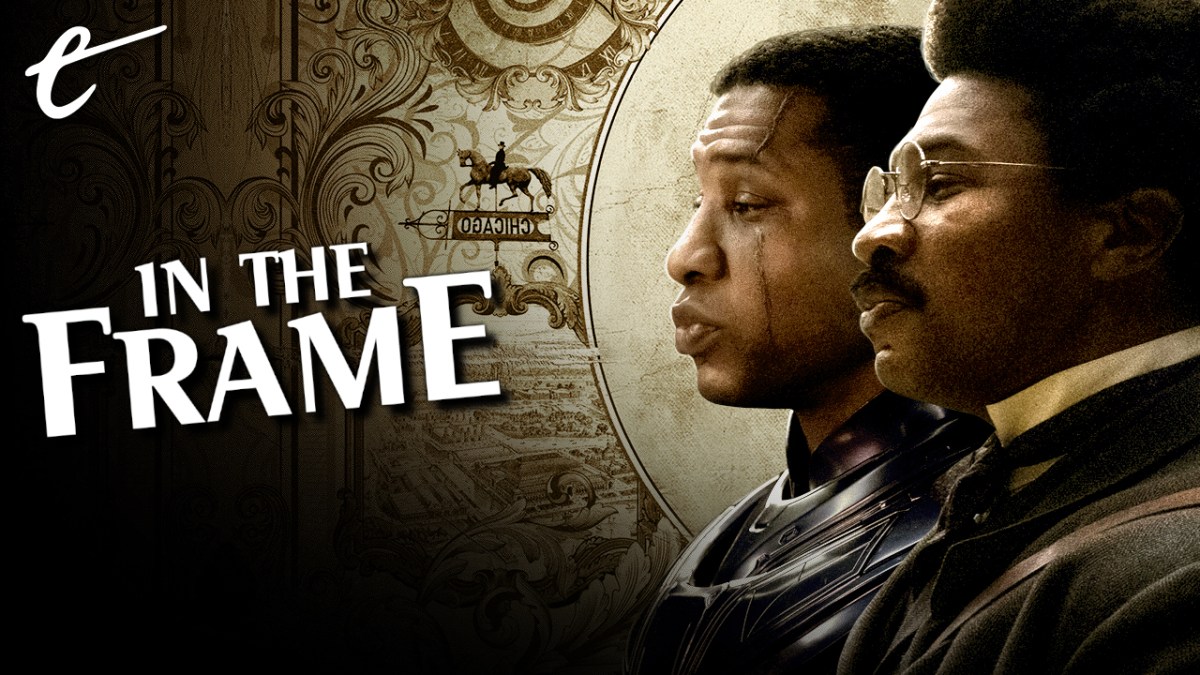

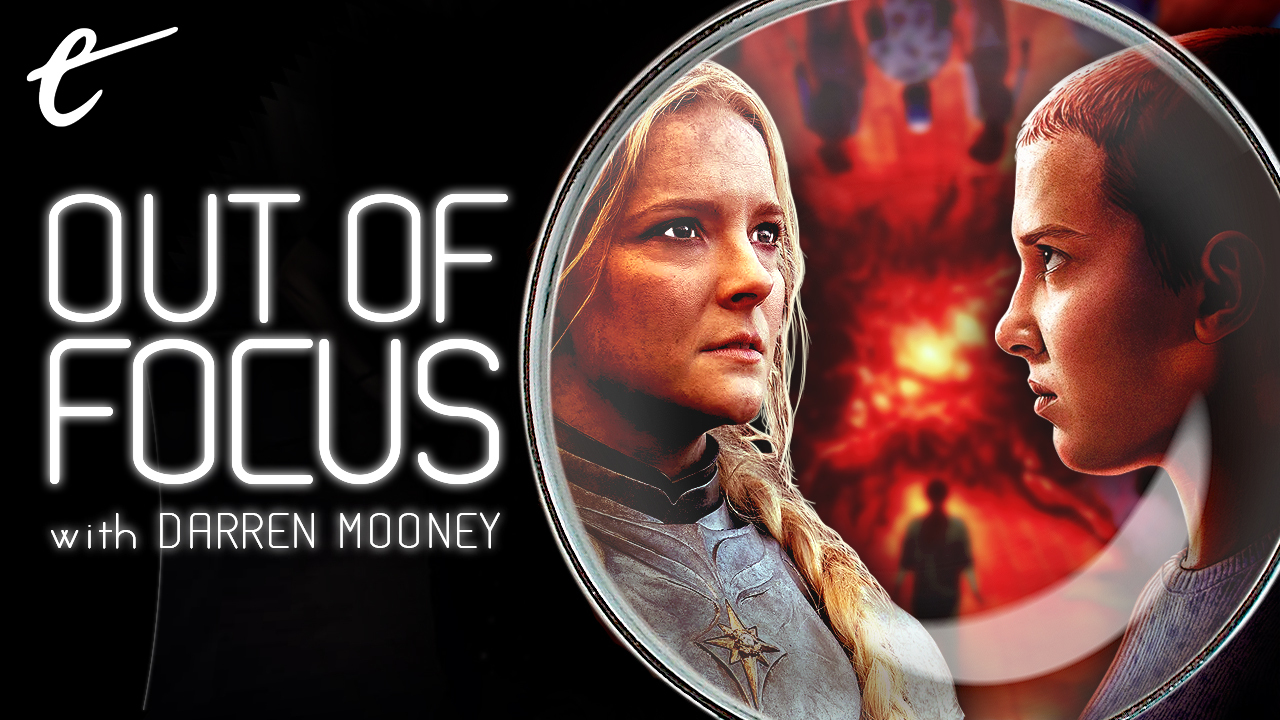
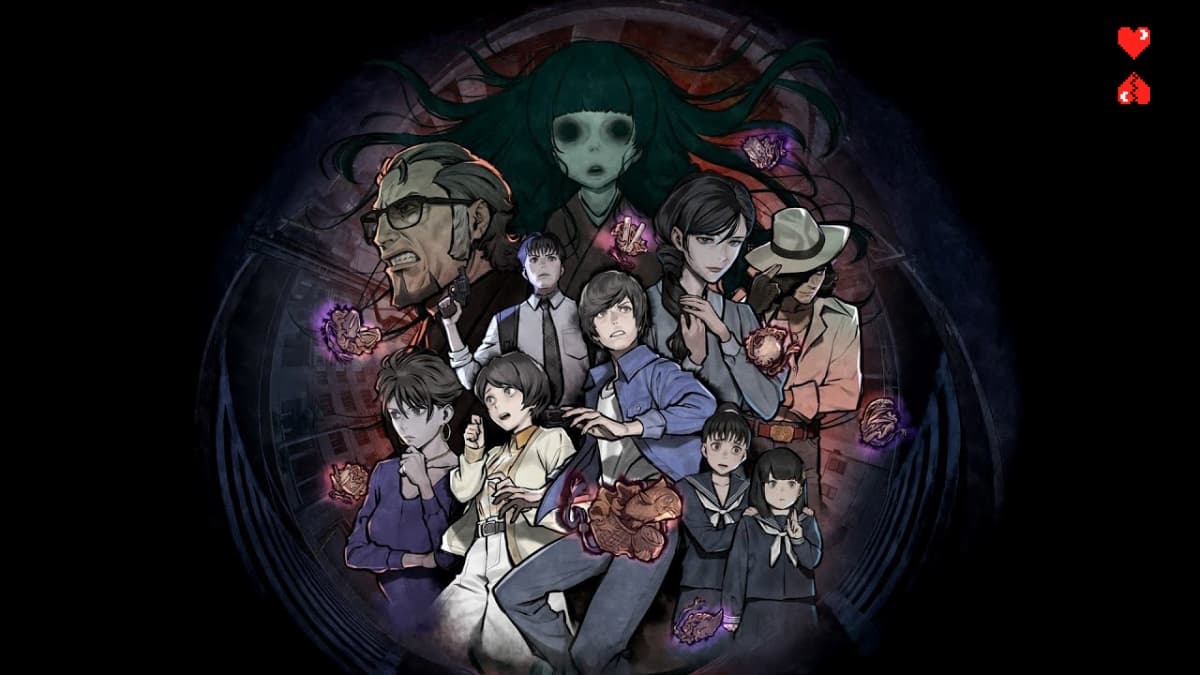
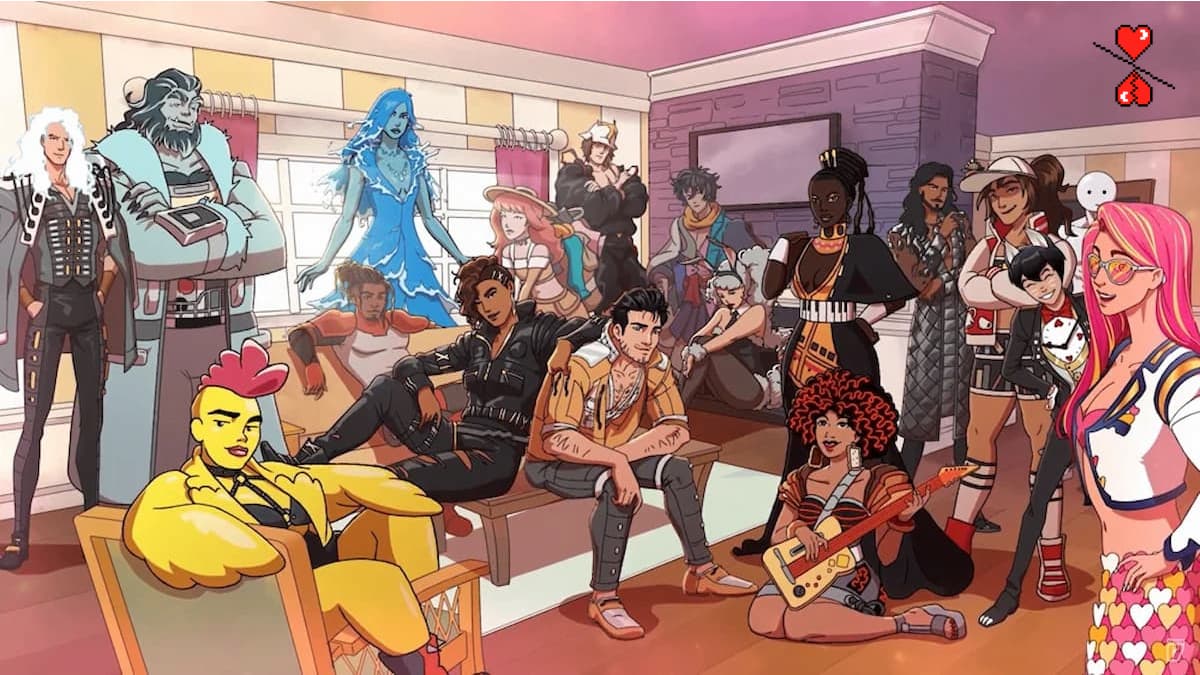


Published: Dec 13, 2019 3:00 PM UTC